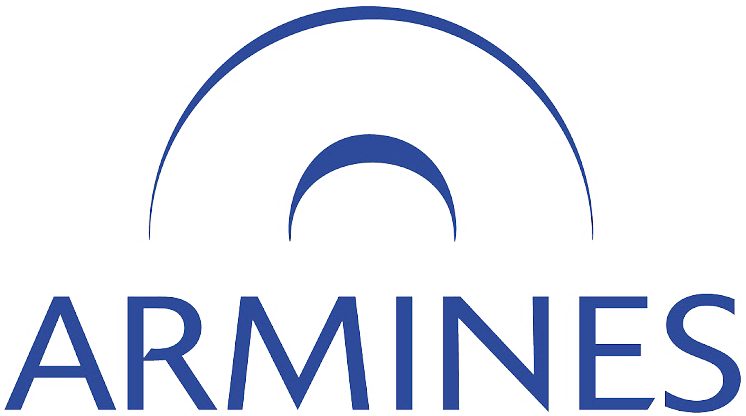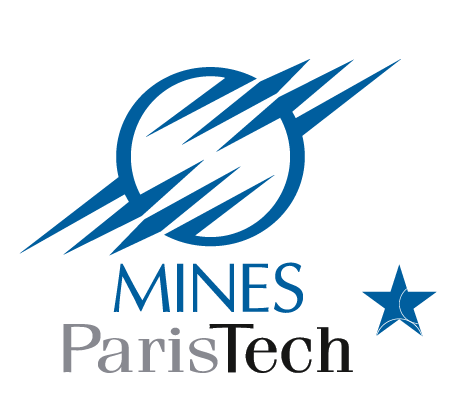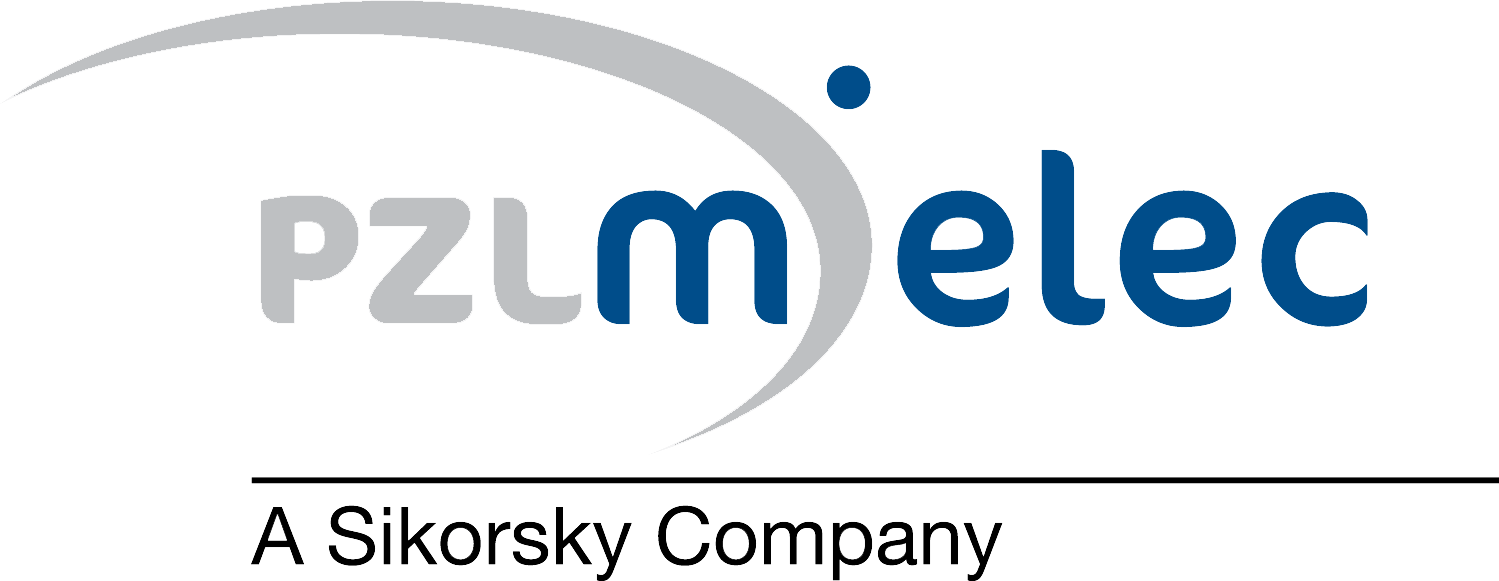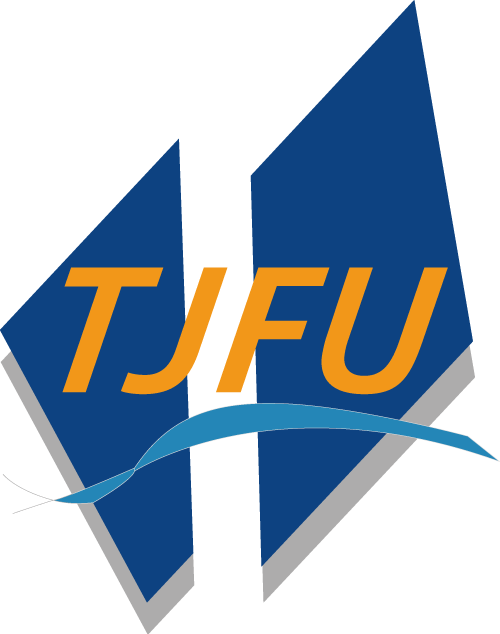The future of
aeronautics
CO3 : COld sprayed COating on COmposite
Objective
Thermal spray technologies progressed from a rudimentary process difficult to control towards an increasingly precise one. Dedicated tool and associated process can now be tailored according to properties of both deposited material and coatings. Limitation of coating types seems to be overcome for some materials thanks to the newest thermal spray process Cold Spray (CS). Feasibility, optimization and qualification investigation of CS is still required to enable this innovative process to comply with prospective aircraft applications. The CO3 project will target the full implementation of the CS process development up to its first demonstration through the metallization of a front landing gear fairing.
Consortium
CO3 project consortium gathers 7 European Partners with required skills, complementary expertise and capabilities.
→ CO3 Consortium






Strategies

To achieve such results, CO3 project will implement three distinctive strategies to enhance the CS operational and technological conditions and enable better performances to limit/avoid substrate erosion:
- Low pressure CS, Mixed metal-polymer powders, Metal charged supercritical Nitrogen for subsurface incrustation of metallic particles for thermoplastic base materials prior to CS,
- Intermediate CS layer made of low erosive metallic particles
- and a final aluminum top coat CS layer, Interlayer integration during substrate manufacturing process.
Benefits
CO3 achievements will directly contribute to the improved CS non-metallic substrate metallization process qualification and related technology guidelines definition for future aerospace industry benefit.
CO3 : Inspiration, innovation, impact
Inspiration
 Aeronautic industries make use of the last technologies to ensure the efficiency of their products. The coating techniques guarantee many properties of the products such as lightning strike protection. However, these metallic coatings applied to aeronautic materials are commonly based on bronze mesh, which represents a manual and tedious process.
Aeronautic industries make use of the last technologies to ensure the efficiency of their products. The coating techniques guarantee many properties of the products such as lightning strike protection. However, these metallic coatings applied to aeronautic materials are commonly based on bronze mesh, which represents a manual and tedious process.
In order to prepare the mobility of the future, the Small Aviation Transport (SAT) is emerging as a solution to promote interregional travel. This complementary transport type would place itself as a sustainable alternative to the conventional aviation and terrestrial transports. Nevertheless, the current coating techniques used for conventional aviation present limited potential for cost effectiveness and technical reasons.
Improving of thermal and lightning strike resistant properties of the aircraft polymer components and composite materials requires an innovative approach for automated top surface deposition. Cold Spray, as alternative technique, could guarantee no porous, no oxidised, and no chemically and phase changed fully functional metallic coatings suitable to aeronautic requirements.
Innovation
The CO3 project aims to enhance the airplane fuselage and its component through a better understanding of the cold spray capabilities and the complete implementation of this innovative process in aeronautics. LIST will act as coordinator of the project, that gathers partners with strong interdisciplinary expertise and capabilities.
LIST researchers will be in charge of the polymer and structural composite samples, prototype and real scale demonstrator manufacturing, a part of the non-destructive testing, as well as the durability and ageing test. Thanks to its new structural composite processing laboratory, LIST will manufacture automatically in industry-like protocol samples by conventional LSP (Lightning Strike Protection) integration technologies, but also sample ready to be functionalised by cold spray technology.
With proven experience on surface and interface functionalisation and characterization, LIST researchers will contribute to the characterisation from the nano scale (Atomic Force Microscopy) to the micro scale (micro tomography) and macro scale (ultrasonic methods). Non-destructive method coupled with destructive characterisation, such as pull out test, will help LIST to identify and promote the bonding mechanisms of the coating, the durability behaviour.
Impact
The multi-scale approach will contribute to the set-up of this novel cold spray technology through a better understanding of the adhesion, erosion and deformation phenomena that can happen at different scales.
CO3 will prove, at the demonstrator scale, the cold spray coating process on a composite material by using industry representative composite manufacturing and coating process. The use of this two pilot lines for cold spray coating and composite manufacturing will allow the development, evaluation and validation at TRL6 demonstration level for the product and the associated manufacturing process. The process parameters control, the automation level as well as the process digitalization will guaranty reliable evaluation on 3D complex part geometry in industry transferable environment.
CO3 will enable to improve the metallic coating on complex material surfaces, and therefore provide a better lightning protection for aeronautic materials related to SAT. Furthermore, this new cold spray technology will open the path to further aeronautical and spatial applications.
CO3 project brochure
Consult or download the CO3 brochure below.
